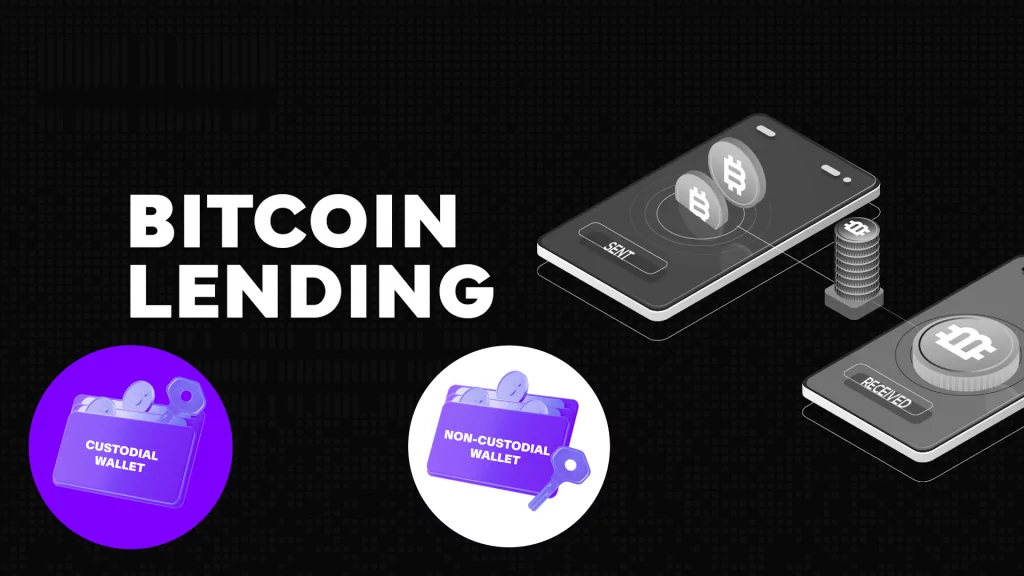
Bitcoin is considered digital gold by many—a store of value with the potential for long-term appreciation. However, for many bitcoin holders, it isn’t just something to be tucked away in cold storage. Increasingly, it’s being used as collateral to unlock liquidity without having to sell. This growing use case—Bitcoin-backed loans—enables individuals to tap into the value of their BTC to fund everything from real estate purchases to business operations and even everyday expenses, all while avoiding the generally taxable event of selling.
Bitcoin lending has become a powerful financial tool for crypto-native individuals and institutions alike. But as the market matures, a critical question emerges: is custodial or non-custodial infrastructure better? Each option offers distinct advantages and risks, and understanding the differences is essential for anyone looking to responsibly leverage their BTC. Additionally, it’s helpful to know which platforms are building the most popular solutions for non-custodial borrowing, such as Rocko, and custodial borrowing, like Ledn.
Why borrow against Bitcoin?
Before diving into the mechanics of lending models, it’s important to understand why someone might borrow against their Bitcoin in the first place.
- Liquidity without selling: BTC holders often expect long-term appreciation. Borrowing allows them to access USD/fiat or stablecoins without reducing their exposure.
- Tax efficiency: Selling Bitcoin can trigger capital gains taxes. Loans backed by BTC are typically non-taxable events, preserving long-term investment status.
- Flexible use cases: Borrowers use BTC loans to:
- Purchase real estate
- Fund businesses or cover operational costs
- Make everyday purchases
- Reinvest in other opportunities or assets
This versatility has led to the rise of various lending platforms catering to different user preferences, particularly around how BTC is stored and managed during the loan process.
Custodial vs. non-custodial lending: What’s the difference?
At the heart of Bitcoin lending is a fundamental question: Who controls the BTC during the loan?
- Custodial Lending: The borrower deposits Bitcoin with a third-party custodian, typically a centralized platform, who holds the collateral and facilitates the loan. Platforms like Ledn and Unchained fall into this category.
- Non-Custodial Lending: Borrowers retain control over their funds through smart contracts or cryptographic systems. The BTC is held in multi-signature wallets or trustless systems where no single party can unilaterally access the collateral. This is typically facilitated through DeFi lending platforms like Rocko and Lava.
Each model has its own pros and cons; appealing to different user types depending on risk tolerance, technical comfort, and priorities around transparency and control.
The case for non-custodial lending
Non-custodial lending is gaining popularity as Bitcoin holders look for more trustless and transparent alternatives. Rather than handing over their assets to a company that operates behind closed doors, borrowers can interact directly with smart contracts or multi-sig systems that execute terms programmatically and transparently.
Advantages:
- No custodian risk: Users maintain partial or full control over their funds. There’s no risk of a centralized custodian freezing or mismanaging the collateral.
- Transparency: Terms, balances, and positions are transparent and visible onchain.
- Competitive rates & flexible terms: By removing intermediaries, non-custodial protocols can offer lower interest rates and more favorable loan terms. Some platforms even offer open-ended loans without strict monthly payment requirements.
Challenges:
- Higher complexity: Non-custodial platforms often require users to understand wallets, smart contracts, and collateral management.
- Limited BTC-native support: Because Bitcoin doesn’t natively support smart contracts in the same way Ethereum does. Generally, DeFi-based BTC lending often relies on wrapped versions or cross-chain solutions which can increase complexity for borrowing.
Notable options:
- Rocko: A rising player in the space, Rocko simplifies non-custodial borrowing by aggregating rates from various protocols. Instead of interacting with complex DeFi interfaces or comparing terms manually, Rocko provides a simple-to-use interface where users can compare many rates to ensure they get the lowest one and receive the loan directly to their exchange account. Because Rocko aggregates options from DeFi lending protocols, borrowers also benefit from flexible loan terms such as open-ended loan terms and no monthly minimum payments. Rocko abstracts away the complexity of DeFi while preserving the trust-minimized nature of non-custodial loans.
- Lava: A new lending platform that offers non-custodial BTC-backed borrowing through innovative discreet log contracts (DLCs). This structure leverages programmable contracts directly on the Bitcoin network to help bitcoin owners get liquidity. Lava’s novel approach, however, is generally limited to short-term loans and may not be ideal for those who wish to borrow for longer periods.
The custodial lending experience
For users who prioritize seamless fiat onramps, custodial lending remains a popular choice. These platforms often integrate features like ACH transfers for loan funds, easy-to-understand interfaces, and institutional-grade custody solutions.
Advantages:
- User-friendly experience: Borrowers typically interact with web or mobile apps that resemble traditional fintech platforms.
- Fiat integration: Platforms can send USD or other fiat currencies directly to a user’s bank account.
- Support and guidance: More handholding for newer users unfamiliar with crypto infrastructure.
Drawbacks:
- Custodian risk: Users must trust the platform to manage funds safely. History has shown (e.g., BlockFi, Celsius) that this trust can be misplaced and lead to loss of funds for users.
- Opaque lending practices: Many platforms don’t disclose how user funds are lent out or what risk controls are in place.
- Higher interest rates: Centralized intermediaries may charge more due to overhead, cost of capital, and profit margins.
Popular custodial platforms:
- Ledn: Ledn is a custodial crypto lending platform that offers BTC and ETH-backed loans as well as wealth management services. One unique feature is that it allows borrowers to choose whether they want their collateral to be lent to others or not, which impacts the interest rate they pay. Ledn also offers accounts that allow users to deposit crypto and earn interest—although the interest is generated through lending the crypto which carries risk.
- Unchained: A bitcoin-focused company, Unchained uses collaborative custody (multi-sig) for its loan which helps the borrower keep partial control of their BTC. This option appeals to users who want to retain some control while working with a regulated institution. One downside is they don’t offer loans to most consumers and instead are focused on institutions.
Looking ahead: The rise of non-custodial Bitcoin lending
As the Bitcoin lending ecosystem continues to mature, non-custodial solutions have gained market share vs custodial solutions—particularly among users who value transparency, self-custody, low interest rates, and flexible loan terms. Platforms like Rocko are leading the charge by offering innovative tools that preserve the principles of Bitcoin—sovereignty, transparency, and decentralization—while still delivering usable, real-world financial services.
For those comfortable with crypto infrastructure, non-custodial borrowing offers a powerful and increasingly accessible way to leverage BTC without surrendering control. At the same time, custodial platforms still serve an important role for users seeking simplicity and fiat connectivity.
In the end, the growth of both models is a sign of a maturing market—one where Bitcoin isn’t just a store of value, but a foundational asset for a new generation of financial tools.










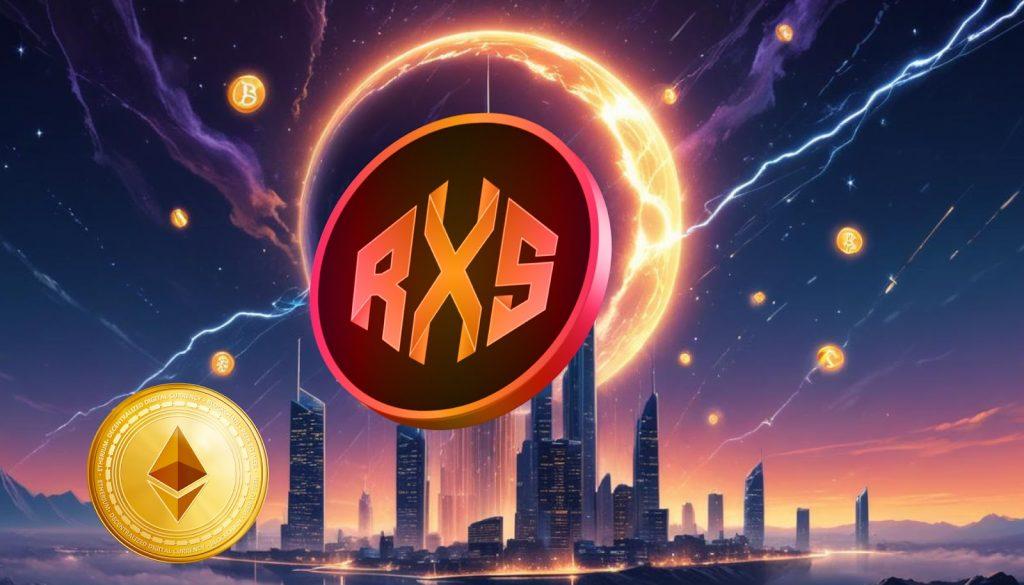
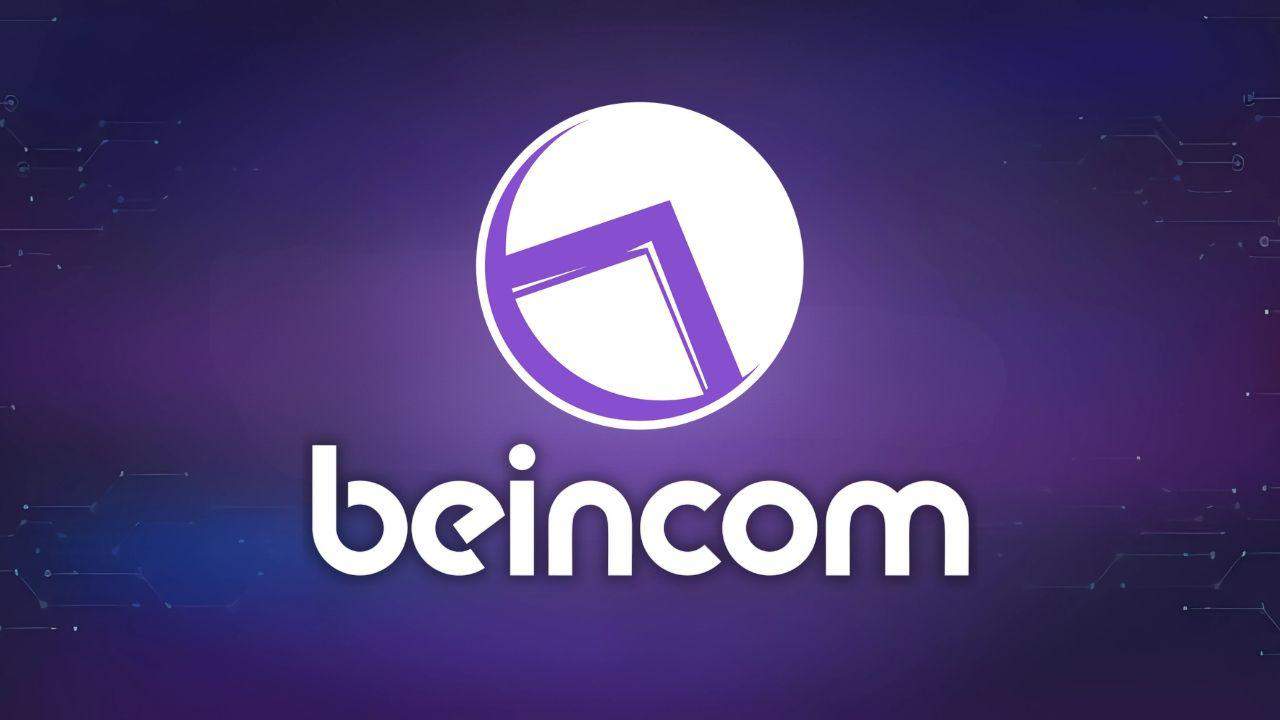
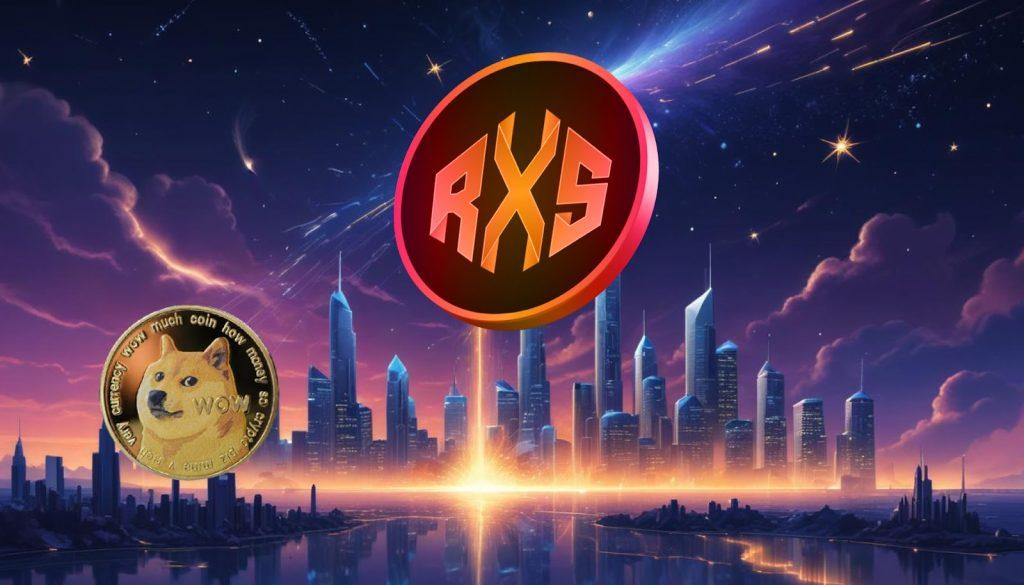

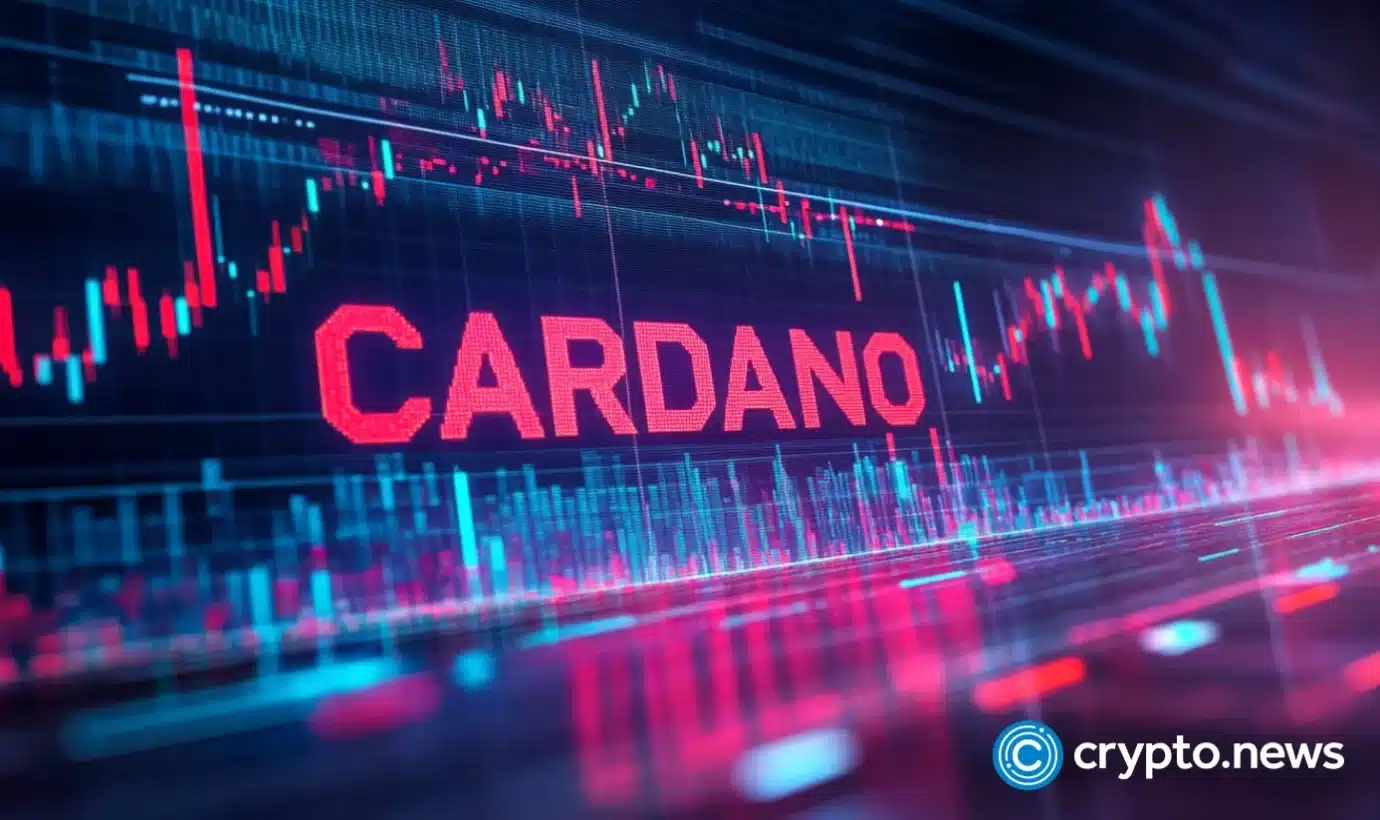


 English (US) ·
English (US) ·